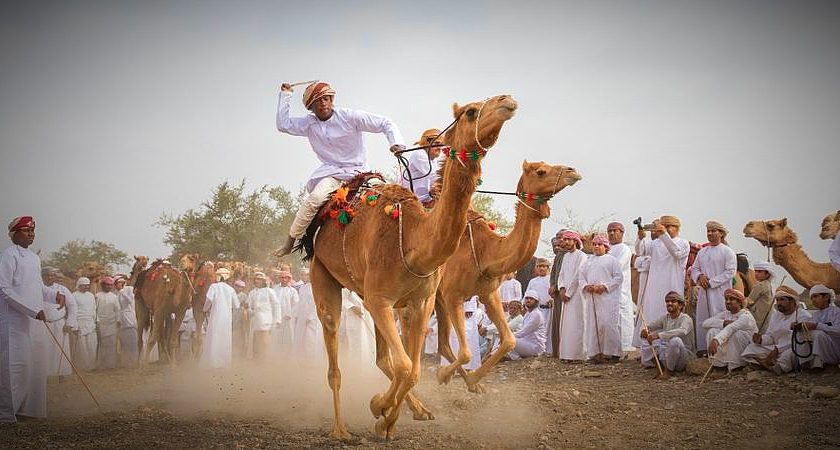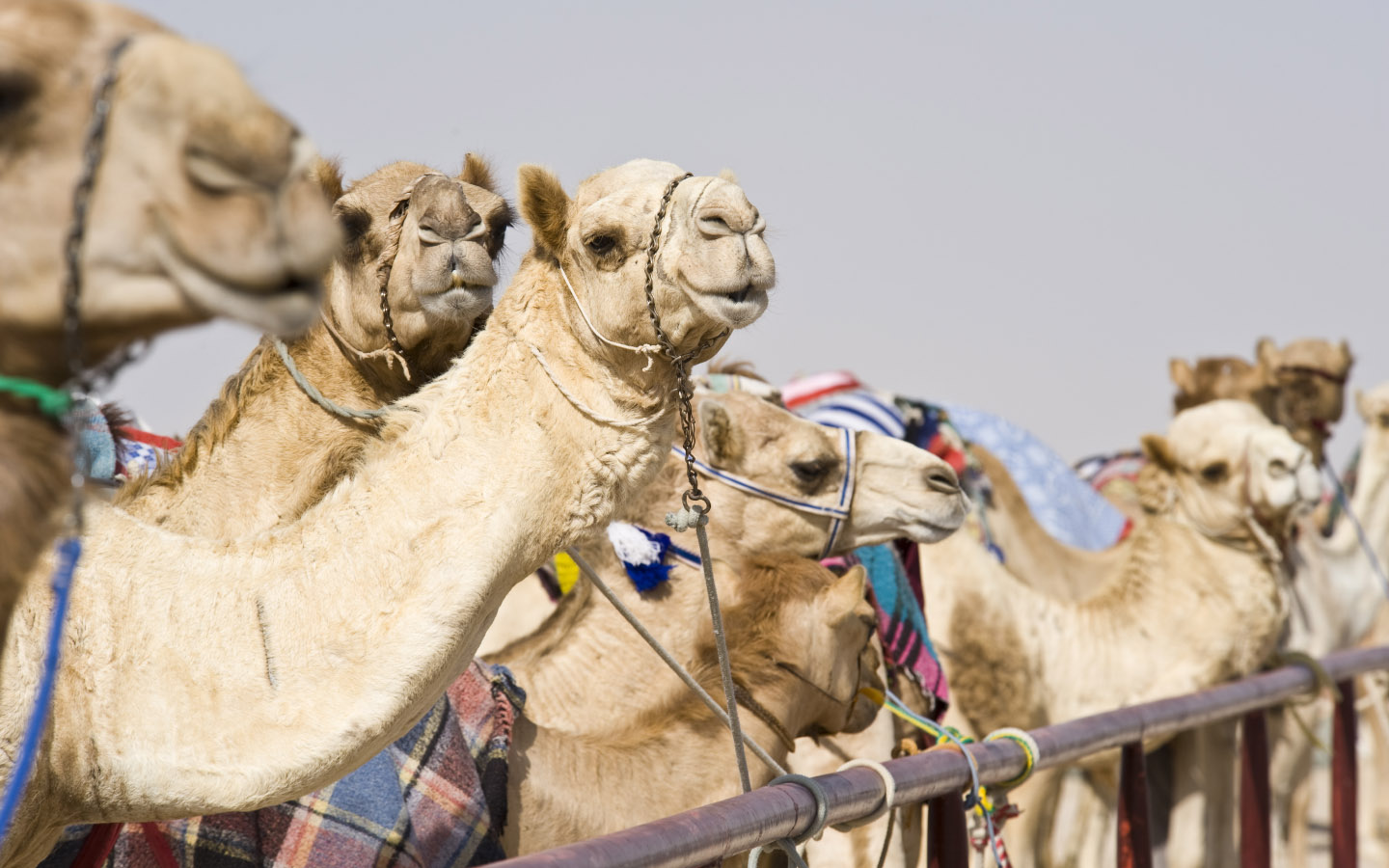Camels have played a significant role in the culture and traditions of the Arab world for centuries. They have traditionally been used for transportation and the production of milk, meat, and wool. In desert regions, where other forms of transportation can be difficult, camels have been essential for trade and commerce, allowing people to travel long distances with goods.
Camels have also played an important role in Arab folklore and literature, and are often featured in traditional stories and songs. In many Arab cultures, camels are seen as symbols of strength, endurance, and resilience.
In recent years, with the increasing modernization and urbanization of many Arab societies, the traditional role of camels has changed. Still, they continue to hold an important place in the culture and identity of the Arab world.
Nowadays, Camel racing is a major sport and cultural event in countries such as the United Arab Emirates, Qatar, Oman, Bahrain, and Saudi Arabia, where professional leagues and organizations are dedicated to promoting the sport.

BREED OF CAMELS CHOSEN FOR THE RACE
The camels in the Arabian peninsula and northern Africa are mostly dromedary camels. These camels have only single humps, are taller, and adapt to extreme heat. Only dromedaries are used for races, and female camels are the most sought-after among them.
Only specific breeds of camels are used as race camels. The UAE breed Mahaliyat, the Sudanese breed Sudaniyat, Omaniyat from Oman, and the interbred Muhajanat.
CAMELS TRAINING
Race camels can run as fast as 65 kilometers an hour in short sprints and at a sustained speed of 40 kilometers per hour.
The camels chosen for racing begin training as early as two years old. It is against the rules to use camels younger than that for the races as their bones and muscles would not be fully developed. The authorities do not record each camel’s age, though. Instead, the age of the camel is determined by looking at the size of its teeth. Special sprays mark camels approved for races. Those without this mark are not allowed to race.
They are then trained through a combination of physical conditioning, such as running and strength training, and conditioning to respond to commands from their handlers.
Racing camels are typically fed a diet high in protein and energy to help them build muscle and maintain their stamina. This diet typically includes a combination of hay, barley, oats, and other grains, as well as various supplements such as vitamins and minerals. Some camel racing trainers also give their camels special high-energy feed made from a mixture of ingredients such as molasses, soybeans, and corn.
In addition to their regular diet, racing camels may also be given electrolyte supplements to help them stay hydrated during training and racing. Camels are known to survive long periods of time without water, but in the context of racing they need to be well-hydrated to perform at their best.

CAMELS BREEDING
Racing camels are typically bred for specific characteristics that are believed to make them well-suited for racing. These characteristics may include a strong and athletic build, good endurance and stamina, and a calm and docile temperament.
To breed racing camels, trainers will often select the fastest and strongest males and females from their herd to use as breeding stock. These animals are then mated to produce offspring that are believed to have the potential to excel in racing.
Some breeding programs also use genetic testing and genetic selection to help identify animals that carry the traits that are most desired in racing camels. This can include testing for specific genetic markers or mutations that are associated with traits such as endurance, speed, and muscle mass.
The United Arab Emirates (UAE) has camel hospitals and research labs that conduct experiments to increase the strength and endurance of the camel. The lab helps in honing genetically advanced camels that are inherently stronger and faster. Various experiments like selective breeding and controlled-environment cloning are done in these labs. Special artificial insemination and embryo transfer techniques are used for crossbreeding select lineages. All these experiments are conducted under the strict guidelines of the Camel Racing Federation to ensure that the animals aren’t harmed.
PRICES FOR CAMELS
Racing camels does not come cheap. A camel’s price starts from about $55,000, but thoroughbreds can go for a lot more. The prices of winning camels go even higher — from between $5–10m, but for some can fetch up to $30m.
